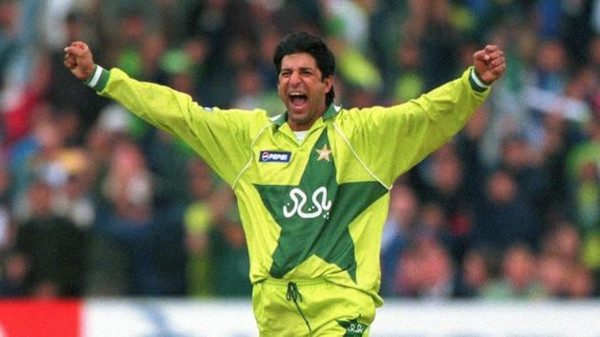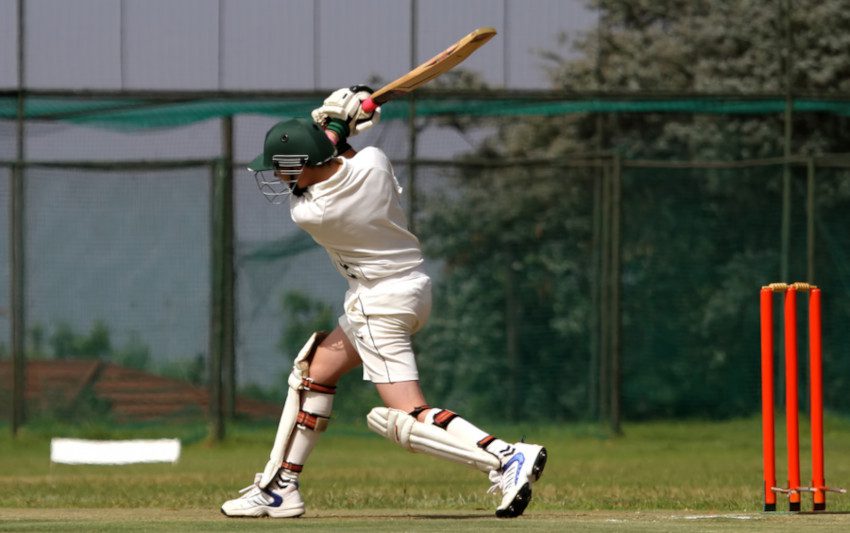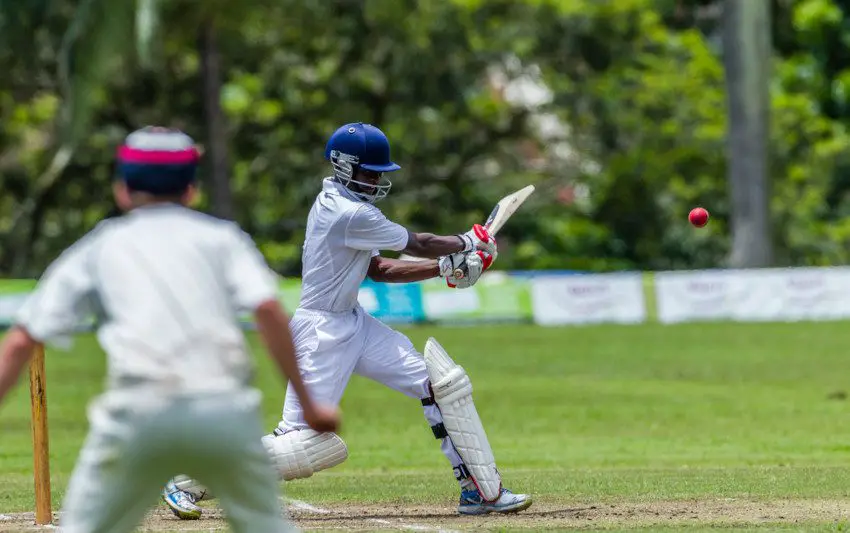Table of Contents
Reverse swing is often seen as a new phenomenon in cricket. In fact, it’s been a part of the game for over fifty years, but it’s only hit the headlines relatively recently. Here’s all you need to know about this art.
What is Reverse Swing in Cricket?
Reverse swing occurs when the ball moves in the same direction as the smooth or shiny side. This is contrary to conventional swing where the ball moves in the opposite direction.
The phenomenon of reverse swing tends to happen when the ball gets older.
History of Reverse Swing
For much of cricket’s earlier years, bowlers simply used to practise conventional swing. By holding the ball in a certain position, they could either get outswing or inswing. This is why bowlers shine one side of the ball as it will often aid what they are trying to do.
Conventional swing tends to happen when the ball is newer and it will move in the opposite direction to the shiny side. As the ball got older, it was much harder to swing in the regular way.
Reverse swing is a phenomenon which can get that ball to move as it gets older. It was first pioneered in Pakistan in the early 1970s, while Wasim Akram and Waqar Younis helped it to become more widely known in the 1980s and beyond.

Following Wasim and Waqar’s lead, many of their contemporaries started to attempt reverse swing and some were more successful than others. The best exponents of reverse swing bowling tend to be those that have already mastered conventional swing.
For those expert swing bowlers, it was really all about a subtle change in technique that would give the ball a chance of reversing as it got older.
In modern day cricket, reverse swing is widely used in all formats, and most of the quicker bowlers that you see will try it at some point.
Who Invented Reverse Swing?
The man who is largely credited with inventing reverse swing is the former Pakistani bowler Salim Mir who briefly played domestic cricket in the late 1960s and 1970s.
Pakistani test bowler Sarfraz Nawaz is said to have pioneered the technique from that point onwards.
How to Bowl Reverse Swing
To give the ball the best chance of swinging later on in the innings, bowlers must continue to polish one side. Remember to keep within the laws of the game and to understand any new rules, such as the one relating to the use of saliva.
With any form of swing bowling, we need a smooth side and a rough side to give the ball a chance to move. Having taken care of the polishing, we can now move forward to the following steps:
Run Up
It’s important not to change anything about your approach to the wicket. Any slight differences in your run up can alert the batter to the fact that you are about to try something new.
For reverse swing bowling, simply start your usual run up from your regular marker.
Grip and Direction
The grip is immensely important with swing bowling. This will control the ball as it flies through the air with the intention of moving on its way to the batter.
For a reverse swing delivery, a right handed bowler should point the ball to the slips. For any references to right handed bowlers and batters, the opposite will apply for left handers.
Position of the Ball. Hold the ball in a conventional seamer’s grip and be aware of where you want to swing it. If you are looking for reverse inswing, the shiny side should be pointing towards the batter. For outswing bowling, point that smooth side towards the slip cordon.
Release
As you let go of the ball, your wrist should be cocked at a slight angle. This should be at around 20 – 30 degrees with that wrist pointing towards the batter. The ball should then roll off your fingers as it is released and this will help it to wobble and move in the air.
Speed
Any bowler can impart reverse swing on the ball, but the science suggests that there is an optimum speed. For the professionals, they don’t want it to be too fast or too slow.
A delivery of around 80 mph is believed to be the best, so the really quick bowlers would have to slow things down a bit.
For the majority of us club cricketers, we are unlikely to hit such speeds, but that doesn’t mean that we can’t attempt to bowl reverse swing. Give this technique a try in the nets with the older balls and then see if you can perfect it in a match situation.
Follow Through: There are no recommended changes when it comes to the follow through. This isn’t an effort ball, so just complete the action as you would for any regular delivery.
How to Bat against Reverse Swing
As a batter, you should start by trying to read the situation. If the ball has swung early on when it was new, this suggests that the external conditions are good and that there may be some reverse swing later in the innings.
Now look at the likely time when the bowling attack will try to use this technique. As the ball reaches around 25 to 30 overs old, it may be the optimum time for it to reverse. If the quicker bowlers are still on, this is the time when you may need to deal with reverse swing.
Now that you are mentally prepared, what should you do as the bowler runs in?
It’s recommended that, when the ball is swinging, the batter should not have a high backlift. The inswinging yorker is a dangerous delivery and it’s much harder to cope with this when the bat is coming down from a greater height.
Foot movement is also important. If we watch old videos of Waqar Younis bowling his inswinging yorkers, we often see the batsman getting pinned to the crease. While it’s difficult to know where the ball is going to pitch and how it’s going to swing, the batter should be looking at the ball in the air and trying to get the feet as close as possible to where it lands.
Try to watch the ball out of the bowler’s hand with a view to spotting the shiny side. If you’re right handed and the smooth side is pointing at you, this will be the attempted inswinger if the ball is reversing. This is tricky for a batter to master, but the technique will improve with experience.
Conventional Swing vs Reverse Swing
In both cases, the objective of swing bowling is to get the ball to deviate in the air. When practised correctly, the ball will move sideways as it travels towards the batter, and this can be a productive technique for the quicker bowlers.
With conventional swing, the ball moves in the opposite direction to the shiny side. Therefore, as an example, if a right handed bowler is attempting to deliver an inswinger to a right handed batter, they will point the shiny side in the direction of the slips.
With reverse swing, the exact opposite happens. Here, the ball will swing in the direction of the smooth side. So, later on in the innings when the right handed bowler is attempting that inswinger to the right handed batter, the shiny side will be pointing at leg stump.
Final Thoughts
Reverse swing is an interesting part of the game and it may be surprising to learn that it is relatively new. For professional batsmen in those early days, it must have been difficult to deal with because they are trained to watch the shiny side as the bowler lets the ball go. Suddenly, that ball was swinging in the opposite direction.
Any form of swing bowling is also great to watch. For the club cricketers reading this, hopefully this guide has offered a clearer indication as to how the technique works.


